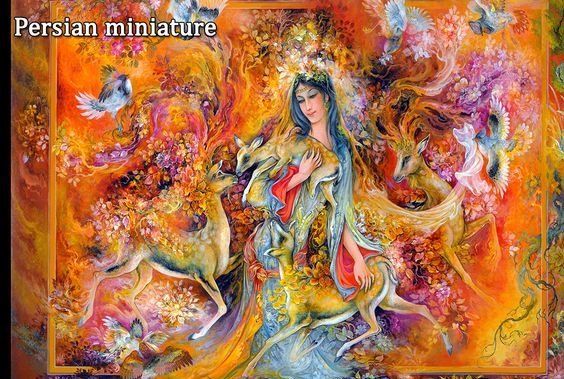Tabriz Attractions
Ark or Citadel of Tabriz
Ark-e Tabriz in Persian (also called Masjid-e Alishah, Arg-e Alishah) is the impressive remainder of a great and imposing building in the town. The Arg, a huge and crumbling brick citadel, is a notable landmark that was built in the early 14th century on the site of a massive mosque which collapsed over 500 years ago, and which must been one of the largest ever constructed. Inside the Citadel there is nothing except two arches and an indication of the position of the mehrab; Ali Shah's court has been covered with ignoble buildings, the sanctuary walls have been rebuilt and propped up, and it is hard to believe that any part of this place was ever a mosque.
The Constitution House
It is located next to the Tabriz grand bazaar, on Motahari Ave. During the years which led to the Constitutional Revolution and afterwards, the house was used as the gathering place of the leaders, activists, and the sympathizers of the movement, among them Sattar Khan, Baqer Khan, Seqatoleslam and Haji Mirza Aqa Farshi. The two-story building was constructed in 1868 by Haj Vali Me'mar-e Tabrizi. It has numerous rooms and halls. The most beautiful part of the house is a skylight and a corridor decorated with colorful glasses and mirrors.
The Blue Mosque
(or Masjid-e Kaboud)
On the north side of town, is a 15th-century structure destroyed partially by one of Tabriz's recurrent earthquakes. The entrance portal with its two minarets appears to have been connected with the main prayer hall (Shabestan) under the largest cupola of the mosque, by means of vaulted corridor. On both sides along the corridor, there stand the remains of the chambers with vaulted roofs. The walls of the mosque have been riveted with marble slabs and decorated with superb mosaic tiles. Some of the blue mosaics in the mosque's portal are heavily damaged and half missing.
Shah Goli
Do not miss El Goli (former Shah Goli), a pleasant hillside garden and park around an artificial lake to the area of 54,675 square meters. El Goli, only 4 km south of downstream Tabriz, is so lovely a place that it deserves an illustration. It is a popular weekend resort for the locals. A hill in the eastern side of the park leads down to the pool with steps, and a fountain from top of the hill flows down to the pool. In the center of the pool there is a grand hexagonal building. The pool itself is said to have been built during the reign of Aq Qoyunlu kings. However, it was extended by the Safavids.
Bazaar
Strolling in the center of Tabriz, one is reminded very forcibly that it is a commercial city: one cannot miss its very large and 15th-century covered bazaar. It is already much diminished in its variety of goods, but still a great place for getting hopelessly lost amid its dusty architectural splendors. Its architectural style, numerous caravansaries, mosques, and schools have added further beauty and glory to this complex. Exact information on the history and origin of the bazaar is not available; however, historical buildings such as the Jam's Mosque, Talebieh School, and Sadeqieh School indicate that the complex is one of the oldest structures of the city. The present structure of bazaar dates back to the closing years of the Zand dynasty (1750-1779 A.D.).
Churches
From the earliest days of Christianity there has been a sizable Armenian community in Tabriz, and the city boasts a number of churches, including one mentioned by Marco Polo on his travels. Nowadays, Tabriz has six churches, the most important of which are: Saint Serkis Church, located in Armenian quarter of Tabriz, Baron Avak, which was renovated in 1845; probably the most interesting and the oldest but substantially rebuilt Church of St. Mary (Kelesa-ye Maryam-e Moghaddas) which was completed in 1785; Able Mary Church which was built in 1910.




































